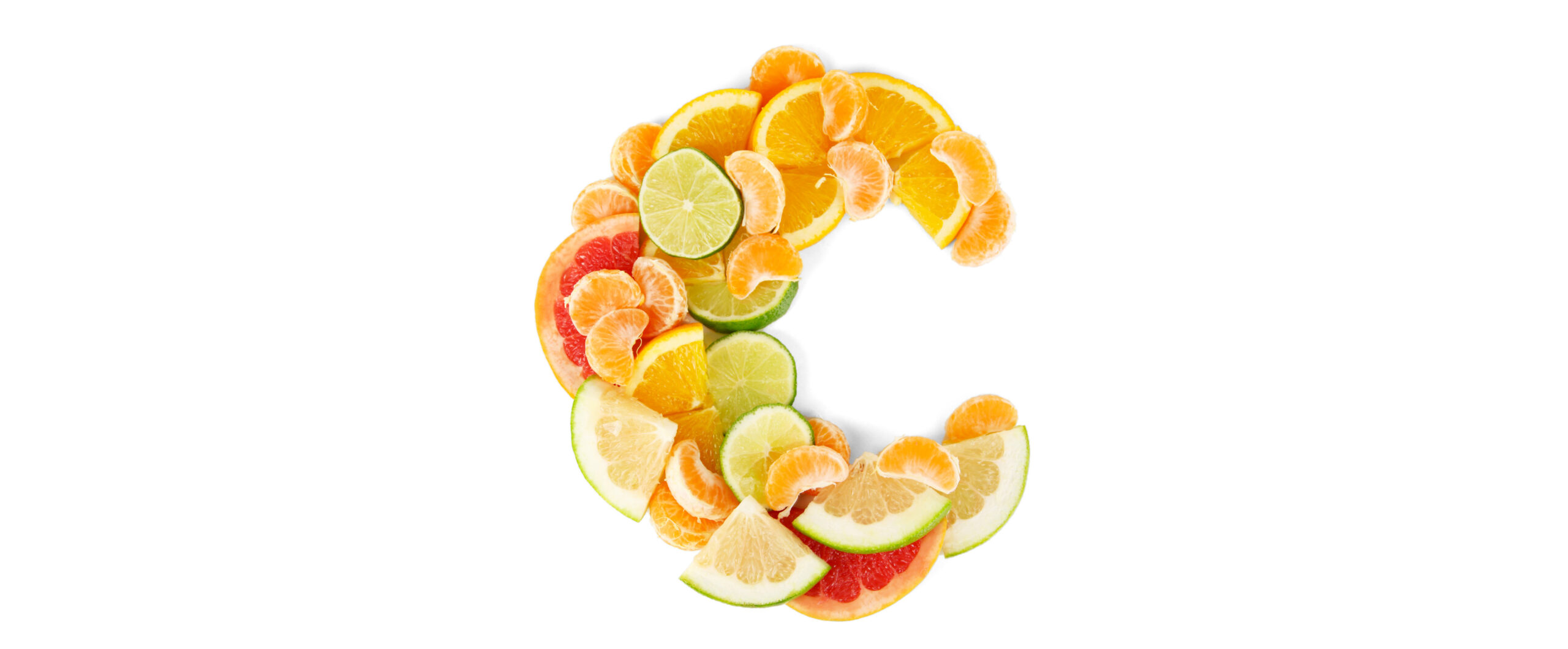Barrier Island makes Mother’s Earth Organic Cider, which to me is very much a tonic. It reminds me of Shillington’s Total Tonic, but it’s better IMO. I told Mark Welch it was “rich,” and he said, “Yeah, there’s a lot of product in that cider; I can tell you that. We put for every nine pints of vinegar, we put ten pounds of roots and vegetables in there to start the process.”
If you have a sore throat or that tickle in your throat that could be the onset of a new bug to fend off, this is what you want to sip on. I would pour myself an ounce and sip on it for an hour like a fine scotch. It doesn’t taste as good, but you can play with the complexities and pretend.
People report wonderful testimonials including, “My inflammation seemed to be getting better every week,” and “No more knee pain, stiff neck, or swollen Achilles tendon.” They even report weight loss and blood sugar control. It makes sense, considering the ingredients:
- Raw unfiltered apple cider vinegar provides essential nutrients that aid in digestion, metabolism, the lymphatic system, oxygen transport, and energy production. It balances the bodily pH levels and maintains them.
- A whole lemon (with peel) cleanses and detoxifies the liver, flushes the digestive system, and provides tons of vitamin C.
- Horseradish root provides lots of nutrients and minerals, aids in digestion, increases immunity, lowers blood pressure, increases metabolic function, and helps kill pathogens in the body.
- Ginger root provides a strong antioxidant effect, boosts immunity, has anti-inflammatory compounds, and alleviates gastrointestinal distress, including nausea, which is imperative in this concoction!
- Turmeric root “increases the antioxidant capacity of the body” which increases the cider’s anti-inflammatory properties, improves brain function, increases heart health, and fights cancer.
- Garlic increases metabolism and lowers cholesterol while strengthening the immune system, especially against colds and upper respiratory infections.
- White onion improves our absorption of vitamin C, regulates blood sugar, and helps protect us against chronic illness and disease.
- Beets clean the blood and the circulatory system, lower blood pressure, boost stamina, and provide valuable phytonutrients to combat disease. They are high in fiber and offer anti-inflammatory properties for the body.
- Serrano, habanero, and poblano peppers are rich in nutrients and vitamins and contain capsaicin, which lowers the risk of cancer and cardiovascular disease. They also have anti-inflammatory and analgesic properties so they may provide relief for pain related to arthritis, fibromyalgia, skin aging, and psoriasis.
As a daily tonic, take at least a tablespoon daily. Sip on it if you have a sore throat or at the first sign of illness. Take it for digestive issues. Take it to prevent illness and to help return the body to health. It helps aid detoxification and adds tons of nutrition to the body. I’m hooked. We’re always going to have this is one in the house.




